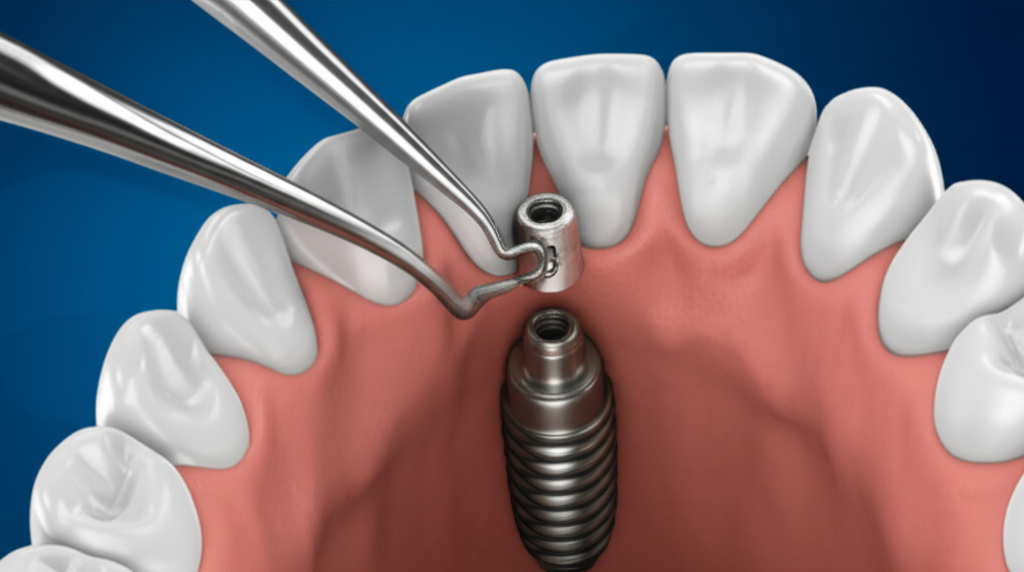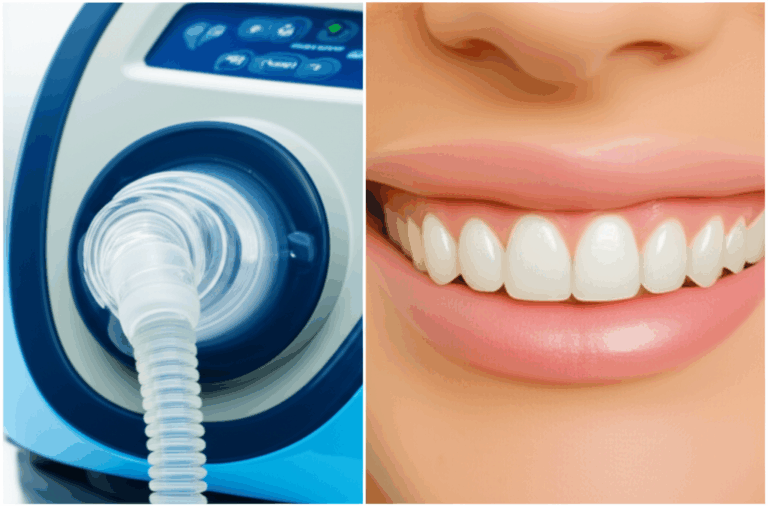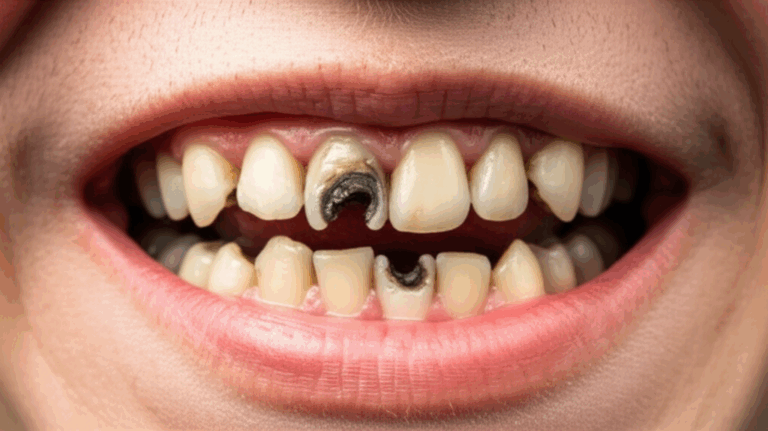
How to Remove Dental Implants: My Comprehensive Guide to Implant Explantation
Table of Contents
- Article Outline Overview
- Introduction: What I’ve Learned About Dental Implant Removal
- When Does a Dental Implant Need to Be Removed?
- Common Reasons for Implant Removal
- How Dental Implant Removal Works: My First-Hand Experience
- Consultation and Diagnosis
- Anesthesia and Sedation Options
- Main Removal Techniques Explained
- Bone Grafting After Removal
- Recovering After Dental Implant Removal
- Immediate Care and Managing Discomfort
- Healing Timeline and Daily Life
- Potential Complications to Watch Out For
- How Much Does Dental Implant Removal Cost?
- What Happens After Removal? Your Options Moving Forward
- Replacement Implants
- Bridges, Dentures, or Leaving the Space
- Choosing the Right Specialist: Who Should Remove Your Implant?
- Statistics, Real Stories, and What the Data Shows
- Final Thoughts: Making An Informed Choice
Article Outline Overview
Here’s what you’ll find in this step-by-step guide based on my own research and experiences:
Introduction: What I’ve Learned About Dental Implant Removal
When I first heard “dental implant removal,” I freaked out a little. Like most people, I thought dental implants were supposed to last forever. The thought of taking one out seemed scary, kind of like taking apart a complicated machine you just built.
Here’s what I found though: sometimes, an implant has to come out. Maybe it’s pain, infection, or the implant just doesn’t work. I found out that removal isn’t as rare or hard as I thought. In this article, I’ll walk you through everything I found out about how to remove dental implants, using expert tips and real stories from other people. I’ll share what I learned, what surprised me, and the stuff I wish I’d known sooner.
When Does a Dental Implant Need to Be Removed?
It’s easy to think dental implants last for life. But sometimes, you really do have to take them out. Sometimes it’s an emergency; sometimes, it’s a slow decision after a lot of problems.
Common Reasons for Implant Removal
Let me explain the most usual reasons, from what I went through and what I heard from others:
1. Infection and Peri-Implantitis
This was the most common problem in almost every story I checked out. Peri-implantitis is kind of like gum disease, but it attacks the bone and gum around the implant. If you get constant swelling, pain, or see pus, it can be the start. In really bad cases, the dentist might have to remove the implant to save the jawbone.
2. Failed Osseointegration (When Bone Won’t Bond)
Dental implants are supposed to “bond” with your jawbone (the fancy word is osseointegration). When this doesn’t work—either soon after getting the implant or later—the implant can get loose or fall out. For me, this felt like pain, movement, or that weird “wiggliness” when I eat.
3. Mechanical Problems: Breaks and Failing Parts
Implant breaks aren’t as common, but I met folks who had their implants snap or had screws go bad. When that happens, you just have to take everything out.
4. Nerve Damage
Rare, but it does happen. If you feel tingling, numbness, or sudden sharp pain after the implant, it might be sitting on a nerve. Taking the implant out can help, as long as you do it quickly.
5. Bad Placement or Injuries
Sometimes, the dentist put the implant too close to a nerve, sinus, or another tooth. Other times, an accident (like a fall or sports hit) messes up the area. Either way, the implant comes out to avoid bigger problems.
6. Personal Choice or Change in Plans
I’ve talked to people who just changed their mind or wanted dentures instead. Sometimes, life or health changes make removing implants the best thing to do.
How Dental Implant Removal Works: My First-Hand Experience
To be honest, I was nervous about removal. Would it hurt? Is it really complicated? It all sounded confusing at first. Here’s what happened when I did it—plus some surprises.
Consultation and Diagnosis
It all started with a good dental checkup. The dentist asked about my health, took X-rays, and sometimes did a 3D scan (CBCT) to see exactly what was going on in my jaw. This helped them see if the implant was loose, if there was bone loss, or if the infection was spreading.
Tip: Don’t skip this step. The more your dentist knows, the fewer surprises later.
Anesthesia and Sedation Options
I worried most about pain, but my dental surgeon calmed me down fast. You’ve got three main choices:
I had local numbing and a tiny bit of sedation. I stayed awake, but felt no pain.
Main Removal Techniques Explained
Here’s where things get a bit more technical—but honestly, it’s simpler than it sounds.
Non-Surgical (Reverse Torque) Removal
If the implant isn’t totally stuck to bone (maybe because it failed early), the dentist can sometimes “unscrew” it with a tool. They turn it the other way, it loosens up, and just slips out. It looks dramatic but it isn’t—it’s actually kind of boring to watch.
Surgical (Trephine Bur or Cutting Bone)
If the implant is really in there, the dentist uses a special tool called a trephine (think of it as a tiny hole saw) to take out a little bit of bone around the implant. Sometimes they’ll cut more bone away with tiny tools. Some dentists use special vibrating tools or lasers instead, especially with hard cases.
I was scared about this part, but the skill of the surgeon really helped. Going slow and careful means less bone is lost, which helps you heal faster.
Piezoelectric and Laser Removal
Dentists today have some cool gadgets. Piezoelectric tools use tiny vibrations to gently cut bone but avoid nerves and blood vessels. Lasers can also clean and help remove bone without much damage. One dentist I know loves these for tough cases.
Bone Grafting After Removal
Here’s what most people don’t mention: Sometimes there’s a hole or defect in the bone after the implant comes out. If the bone is thin, the dentist might suggest a bone graft to fill in that space and make your jaw ready for the future. This could be with fake bone, donated bone, or even a tiny bit from your own body.
For me, I just needed a small graft. It was easy and I was happy I did it, just in case I wanted another implant later.
Recovering After Dental Implant Removal
So, what is recovery like? From my own story and what people told me—it’s not as bad as you might think, but there are some things to deal with.
Immediate Care and Managing Discomfort
Right after, expect some swelling, mild pain, and maybe a little bleeding. My surgeon told me to:
- Bite on gauze for about an hour to stop any bleeding
- Hold an ice pack to the cheek for swelling (20 minutes on, 20 off)
- Use painkillers they gave me, or simple ones like ibuprofen
- Eat cool, soft foods for a day or two
That first night, my jaw was sore but okay. Day two was just a little ache. If you’ve ever had a tooth pulled, it’s about the same.
Healing Timeline and Daily Life
- Pain: Worst in the first 1–2 days, then gets much better. For most, only a minor ache after day one.
- Swelling & Bruising: Peaks by the second day, goes away in less than a week.
- Diet: Soft foods for a few days. Scrambled eggs, yogurt, mashed potatoes are great.
- Cleaning: Don’t brush right by the area for two days. Use gentle mouth rinses after meals.
- Back to Normal: Most people, including me, go back to normal stuff in a few days, but your bone heals fully in 6–12 weeks.
Potential Complications to Watch Out For
Not every story is problem-free. Here are things to look for:
If you’re worried, always ask for help early on.
How Much Does Dental Implant Removal Cost?
This comes up in almost every conversation—and for good reason. Removing an implant isn’t cheap, and prices change a lot.
Based on what I paid and others told me, here’s what to expect:
- Simple removal (just unscrewing): $500–$1,000 for each implant
- Surgical removal (cutting bone or using special tools): $1,000–$2,500 for each implant
- Add bone grafts, sedation, or emergencies: it costs more
Insurance usually doesn’t pay unless it’s for a medical emergency (like a big infection). Check your plan, but count on paying yourself most of the time.
If you want a new implant after, remember this is just the first bill—getting a new implant costs extra. Getting a quote in writing is a good idea.
What Happens After Removal? Your Options Moving Forward
The big question: What do you do once it’s out? I worried about having an empty gap forever, but you have a few good choices.
Replacement Implants
Sometimes, you can put in a new implant right away if the bone is good and not infected. Most of the time, though, you have to wait a few months for it to heal, especially if you need a bone graft.
Bridges, Dentures, or Leaving the Space
If you don’t want a new implant—or it’s not possible—you can choose:
- Dental bridges: These use your own teeth on both sides of the gap.
- Removable partial dentures: Not as fixed, but you can take them out to clean.
- Leaving the space alone: Sometimes people do this, especially for back teeth.
What you choose depends on your health, budget, and how much you care about having a full smile.
Choosing the Right Specialist: Who Should Remove Your Implant?
This is one lesson I learned the hard way. Not every dentist is good at removing implants. Find out:
- Oral surgeons: These folks do the hardest removals
- Periodontists: They know everything about gums and supporting bone
- Prosthodontists and regular dentists: They do easy cases or planning
- Experience counts: Ask how many they’ve done, what tools they use, and what happens if something goes wrong
- Tools matter: Clinics with 3D scans and modern tools are usually safer
A tip from a friend landed me with a great surgeon. Don’t be afraid to look for second opinions or check reviews.
Statistics, Real Stories, and What the Data Shows
I like numbers, so I checked out the facts before I did anything. Here’s what I found:
- Implant failure rates: Early failure (in the first year) is 1–5%. Later failure can be 2–10% after 10 years, usually because of infection.
- Why implants fail: 50–70% because of infection; 20–30% because bone never bonded; 10–15% from breaks.
- Removal success rate: More than 95% of removals are done without big problems, but how much bone you lose can change a lot.
- Who’s at risk: People who smoke, skip brushing, have diabetes, grind their teeth, or are on certain meds.
- Price: Most removals cost $500–$2,500, not counting what you pay after.
Real story: A friend ignored her implant for years and got a bad infection. Taking it out was stressful, but it saved her jaw. She later got a bridge. Another guy I know broke his implant from tooth grinding—after it came out, a simple mouth guard kept it from happening again.
Final Thoughts: Making An Informed Choice
Looking back, getting my dental implant taken out wasn’t something I wanted—but it also wasn’t as scary as I thought. If you or someone you know has to get an implant removed, here’s what I would say:
- Get a good checkup first: Not all implant problems need to be taken out, and a good X-ray or scan helps the dentist plan better.
- Ask questions: Find out what will happen, what pain control you’ll get, and what recovery looks like.
- Follow aftercare advice: Rest, eat gently, and keep things clean. Don’t rush your recovery if you’re still sore.
- Think about your options: Sometimes you can wait before replacing the tooth, or you might not replace it at all.
- Take care of your teeth: Brush, see your dentist often, and protect your smile.
If you want more info, it helps to check out resources on dental care or dental diseases to learn how to keep your teeth healthy and stop future problems.
The main thing: You’re not alone. Having an implant taken out is just another step on your way to a pain-free, happy smile.








